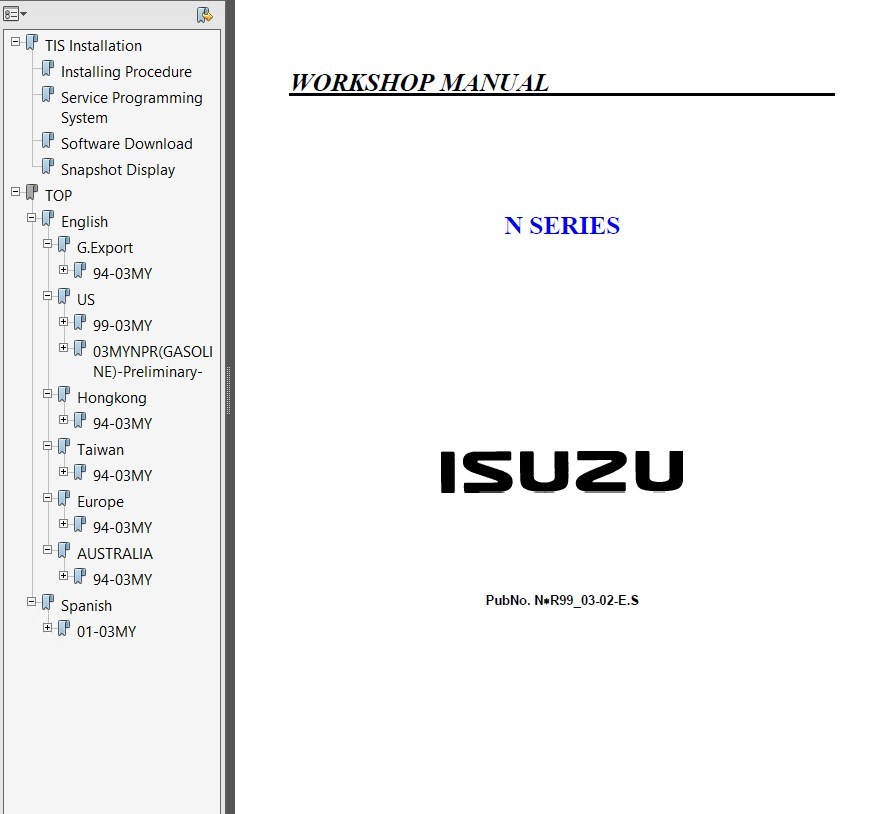

- 11.1Scope and organization
- 11.2Unicode
- 11.3Non-English words and phrases in an English context
- 11.4Non-English proper nouns in an English context
- 11.5Translations of terms from other languages
- 11.6Capitalization of titles from other languages
- 11.7Punctuation of titles from other languages
- 11.8Italic versus roman type for titles from other languages
- 11.9Non-English titles with English translation
- 11.10Original-language title of work versus translation
- 11.11Typographic style of quotations from other languages
- 11.12Translations relative to quotations
- 11.13Source of quotation plus translation
- 11.14Crediting the translation of a quoted passage
- 11.15Adjusting translated quotations
- 11.16Editing translated quotations
- 11.17The sin of retranslation
- 11.18Capitalization—English versus other languages
- 11.19Punctuation—original language versus English context
- 11.20Word division for languages other than English
- 11.21Special characters in the Latin alphabet
- 11.22International Phonetic Alphabet (IPA)
- 11.23African capitalization and punctuation
- 11.24African special characters
- 11.25French—additional resources
- 11.26French capitalization
- 11.27Titles of French works
- 11.28Spacing with French punctuation
- 11.29French use of guillemets
- 11.30Quotation marks in French
- 11.31French dialogue
- 11.32French ellipses
- 11.33French word division—vowels
- 11.34French word division—consonants
- 11.35French words containing apostrophes
- 11.36French words best left undivided
- 11.37French accents and ligatures
- 11.38The new German orthography
- 11.39German capitalization
- 11.40German apostrophes
- 11.41German quotation marks
- 11.42German word division—vowels
- 11.43German word division—consonants
- 11.44German word division—compounds
- 11.45German special characters
- 11.46Italian capitalization
- 11.47Italian quotations and dialogue
- 11.48Italian apostrophes
- 11.49Italian ellipses
- 11.50Italian word division—vowels
- 11.51Italian word division—consonants
- 11.52Italian word division—words containing apostrophes
- 11.53Italian special characters
- 11.54Latin capitalization—titles of works
- 11.55Latin word division—syllables
- 11.56Latin word division—single consonants
- 11.57Latin word division—multiple consonants
- 11.58Latin word division—compounds
- 11.59Latin special characters
- 11.60Spanish—additional resources
- 11.61Spanish capitalization
- 11.62Spanish question marks and exclamation points
- 11.63Spanish guillemets and quotation marks
- 11.64Spanish dialogue
- 11.65Spanish ellipses
- 11.66Spanish word division—vowels
- 11.67Spanish word division—consonants
- 11.68Dividing Spanish compounds
- 11.69Spanish special characters
- 11.70Special considerations for other languages using the Latin alphabet
- 11.71Transliteration
- 11.72Character sets for non-Latin alphabets
- 11.73Proofreading copy in non-Latin alphabets—a warning
- 11.74Diacritics—specialized versus general contexts
- 11.75Italics versus roman for transliterated terms
- 11.76Arabic transliteration
- 11.77The hamza and the ʿayn
- 11.78Arabic spelling
- 11.79The Arabic definite article
- 11.80Arabic capitalization
- 11.81Arabic word division
- 11.82Chinese romanization
- 11.83Exceptions to Pinyin
- 11.84Apostrophes, hyphens, and tone marks in Chinese romanization
- 11.85Some common Chinese names
- 11.86Japanese romanization
- 11.87Modified Hepburn system
- 11.88Chinese and Japanese—capitalization and italics
- 11.89Titles of Japanese and Chinese works
- 11.90Inclusion of Chinese and Japanese characters
- 11.91Hebrew transliteration systems
- 11.92Diacritics in transliterated Hebrew
- 11.93Hebrew prefixes
- 11.94Hebrew capitalization and italics
- 11.95Hebrew word division
- 11.96Unromanized Hebrew phrases
- 11.97A note on Hebrew vowels
- 11.98Russian transliteration
- 11.99Russian capitalization
- 11.100Titles of Russian works
- 11.101Russian quotations and dialogue
- 11.102Russian ellipses
- 11.103Russian uses of the dash
- 11.104Russian word division—general
- 11.105Combinations not to be divided in Cyrillic transliteration
- 11.106Division between Russian consonants
- 11.107Division of Russian words after prefixes or between parts
- 11.108Division of Russian words after vowel or diphthong
- 11.109South Asian special characters
- 11.110Transliterating Greek
- 11.111Typesetting Greek
- 11.112Greek breathing marks
- 11.113Greek accent marks
- 11.114Unaccented Greek words
- 11.115Greek vowels
- 11.116Greek punctuation
- 11.117Greek numbers
- 11.118Greek word division—consecutive vowels
- 11.119Greek word division—single consonants
- 11.120Greek word division—two or more consonants
- 11.121Greek word division—compounds
- 11.122Special characters in Old and Middle English
- 11.123Ampersand and wynn
- 11.124Old English vowels
- 11.125Signed languages
- 11.126Components of signs
- 11.127Writing ASL
- 11.128Glosses in ASL
- 11.129Compound signs
- 11.130Fingerspelling
- 11.131Lexicalized signs
- 11.132Handshapes
- 11.133Transcriptions of signed sentences
- 11.134Pronouns, possessives, and reference
- 11.135Nonmanual signals


Deckel Dialog 11 Manual English Download

Deckel Dialog 11 Manual English Pdf
How is drip done on a Dialog 11 or Dialog 4? The comments are usually only a few sentences long which are usually sparse on info. I am currently using the free version of NCnetLite/CADem that, when searching for information on drip feeding on the Dialog 11 brings up a very nice.pdf with a clear list of settings to connect to a Dialog 11. At first sorry for my english, I'm not a native speaker. I am a trained mechanical engineer, study product design (manual and material culture) and as part of an internship at a very small company I should determine if Fushion 360 is useful for them. At my former job i worked a little with SolidEdge and now mainly with Rhino and a little ArchiCAD. Deckel, FP4A, Dialog 11, 3 axis machine - firmware 7.07?? Well I am new on this forum, because I have a problem with FP4A, Dialog 11 machine, three axis. Machine was bought at one company in Germany, but unfortunately owner passed away. Deckel manuals and brochures file names are in french but many of the manuals are in english'Deckel Maho Service Manual WordPress com July 14th, 2018 - Our nationwide network of manual deckel maho dmc 103v is dedicated to providing you with the best possible service. Description: Serial number 2813-0415, spindle holder SK 50, table size 1600 x 670 mm, the machine is equipped with DECKEL CNC control DIALOG 11, coolant system and machine encapsulation, without visible vice, electronic handwheel, for further technical data see enclosed data sheet as PDF and our machine video. Weight approx.: 6,000 kg, dimensions (l x w x h) approx.: 3,500 x 3,000 x 2,700 mm.